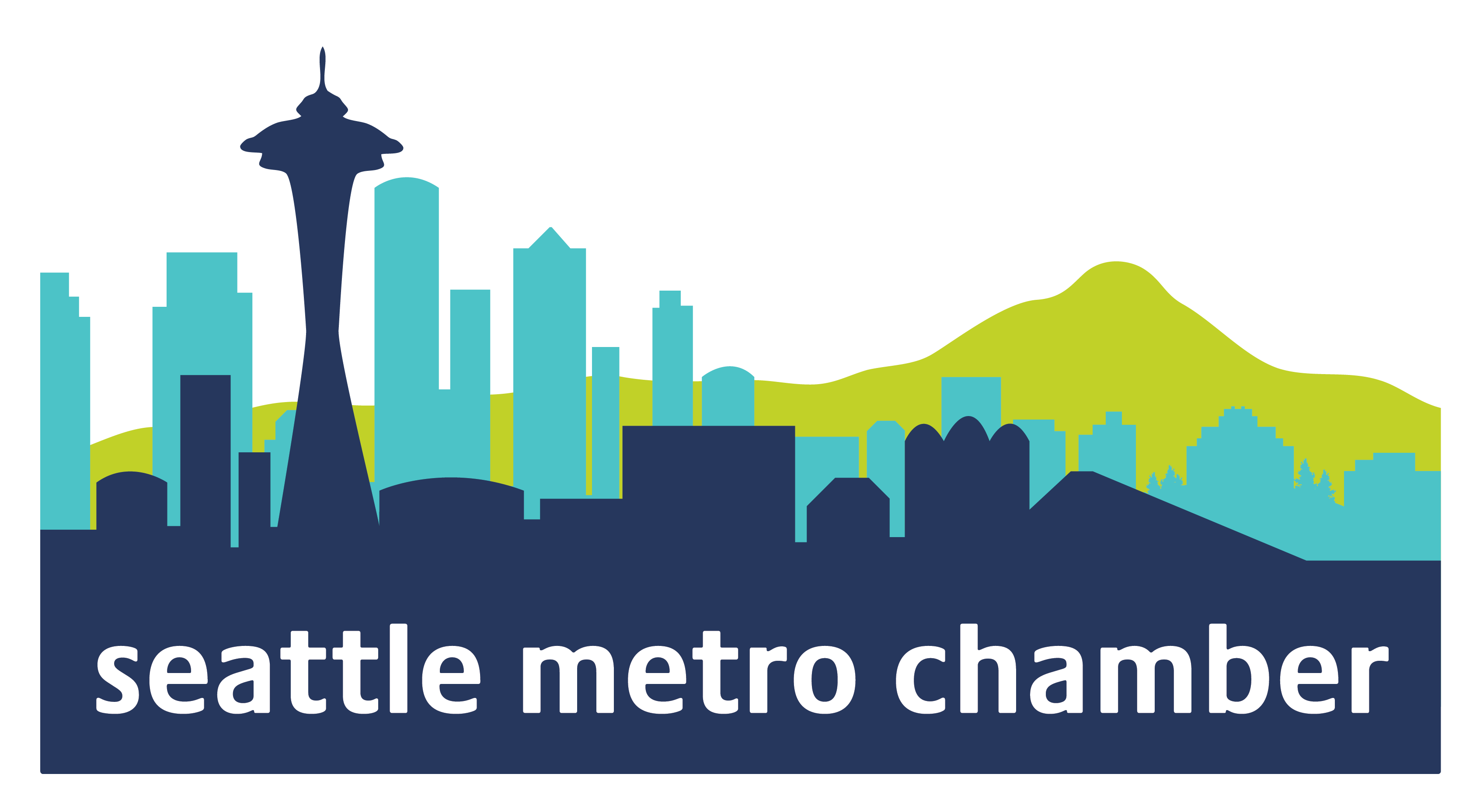Revitalize and Reinforce: The Art of Concrete
Repair and Resurfacing
Denver Concrete Contractor, a ubiquitous material in our built environment, stands as a testament to human ingenuity and engineering prowess. However, like all things subject to the wear and tear of time and elements, concrete structures inevitably require maintenance and repair. Concrete repair and resurfacing techniques play a vital role in preserving infrastructure, ensuring safety, and enhancing aesthetics. In this article, we delve into the intricacies of concrete repair and resurfacing, exploring the methods, materials, and benefits of these essential processes.
Understanding Concrete Deterioration:
Before delving into repair and resurfacing methods, it’s crucial to understand why concrete deteriorates. Several factors contribute to concrete degradation, including:
- Cracking: Concrete can crack due to shrinkage, settlement, freeze-thaw cycles, or structural overloading.
- Chemical Attack: Exposure to chemicals such as chlorides, sulfates, and acids can corrode concrete, weakening its structure.
- Weathering: Extreme temperatures, moisture ingress, and UV radiation can erode the surface and compromise concrete integrity.
- Poor Construction Practices: Inadequate concrete mix proportions, improper curing, and insufficient reinforcement can lead to premature deterioration.
Addressing these issues promptly through repair and resurfacing techniques is essential to prevent further damage and extend the lifespan of concrete structures.
Concrete Repair Techniques:
Concrete repair involves restoring damaged or deteriorated concrete to its original condition or reinforcing its structural integrity. Several techniques are commonly employed in concrete repair:
- Crack Injection: For repairing cracks in concrete, especially those caused by structural movement or settling, epoxy or polyurethane injections are often used. These materials fill and seal the cracks, preventing water ingress and further deterioration.
- Patch Repair: Patch repair involves removing deteriorated concrete and replacing it with a new mixture. Proper surface preparation, including cleaning and roughening, is crucial for achieving a strong bond between the existing and new concrete.
- Overlay Systems: Overlays are thin layers of polymer-modified concrete or mortar applied over existing concrete surfaces to improve aesthetics, durability, and skid resistance. They can also correct surface irregularities and provide waterproofing.
- Carbon Fiber Reinforcement: Carbon fiber reinforced polymers (CFRP) are used to strengthen and reinforce concrete structures, particularly in areas prone to cracking or structural deficiencies. CFRP strips or sheets are bonded to the concrete surface, enhancing its load-bearing capacity and resistance to flexural stresses.
- Cathodic Protection: In cases of concrete deterioration due to chloride-induced corrosion of reinforcing steel, cathodic protection systems can be installed to mitigate further corrosion.
This technique involves applying an electric current to the reinforcement to prevent oxidation.
Concrete Resurfacing:
Concrete resurfacing goes beyond mere repairs, providing a comprehensive solution to rejuvenate worn or damaged concrete surfaces. This process involves applying a new layer of concrete or specialized resurfacing material to restore functionality and aesthetics.
Some common concrete resurfacing techniques include:
- Stamped Concrete: Stamped concrete allows for the creation of decorative patterns and textures resembling brick, stone, tile, or wood. It revitalizes worn concrete surfaces, adding visual appeal to driveways, patios, and walkways.
- Microtoppings: Microtoppings are thin overlays applied to existing concrete to create a smooth, uniform surface. They can be stained, dyed, or stamped to achieve various aesthetic effects while providing durability and protection.
- Spray-On Coatings: Spray-on coatings, such as acrylic or polyurea, offer a quick and cost-effective way to resurface concrete. These coatings are sprayed onto the prepared surface and can be customized in terms of color, texture, and slip resistance.
- Exposed Aggregate Finishes: Exposed aggregate finishes involve removing the top layer of concrete to reveal the underlying aggregate (such as gravel, pebbles, or glass beads). This creates a visually appealing textured surface with enhanced skid resistance.
Benefits of Concrete Repair and Resurfacing:
The benefits of concrete repair and resurfacing extend far beyond aesthetics. Here are some key advantages:
- Enhanced Durability: Repairing cracks and reinforcing structural weaknesses improves the longevity of concrete structures, reducing the need for frequent maintenance and replacement.
- Improved Safety: By addressing surface defects, such as cracks and unevenness, concrete repair and resurfacing enhance safety by minimizing trip hazards and ensuring proper drainage to prevent water accumulation.
- Cost Savings: Proactive concrete maintenance through repair and resurfacing is more cost-effective than allowing deterioration to progress to a point where extensive repairs or replacement become necessary.
- Sustainability: Extending the lifespan of existing concrete structures through repair and resurfacing conserves resources and reduces the environmental impact associated with demolition and reconstruction.
Conclusion
Concrete repair and resurfacing techniques are indispensable tools in the maintenance and preservation of our built environment. By addressing concrete deterioration promptly and effectively, we can ensure the longevity, safety, and aesthetic appeal of our infrastructure for generations to come. Whether it’s patching cracks, applying decorative overlays, or reinforcing structural elements, investing in concrete repair and resurfacing is an investment in the future of our communities.
